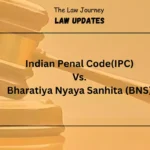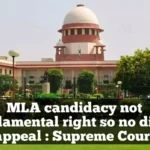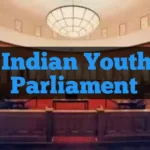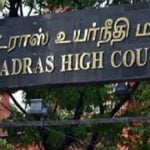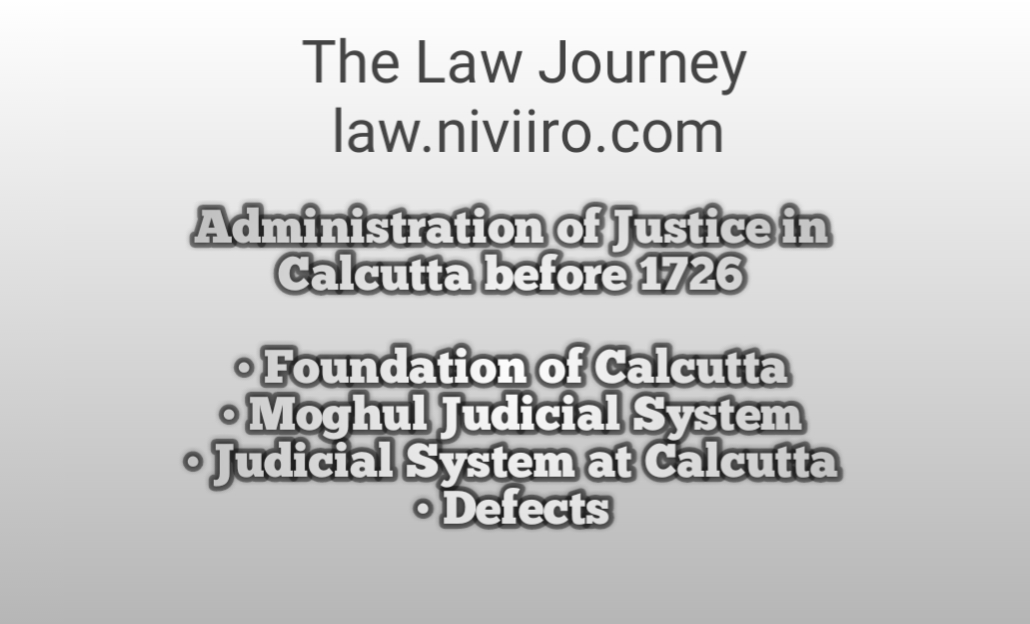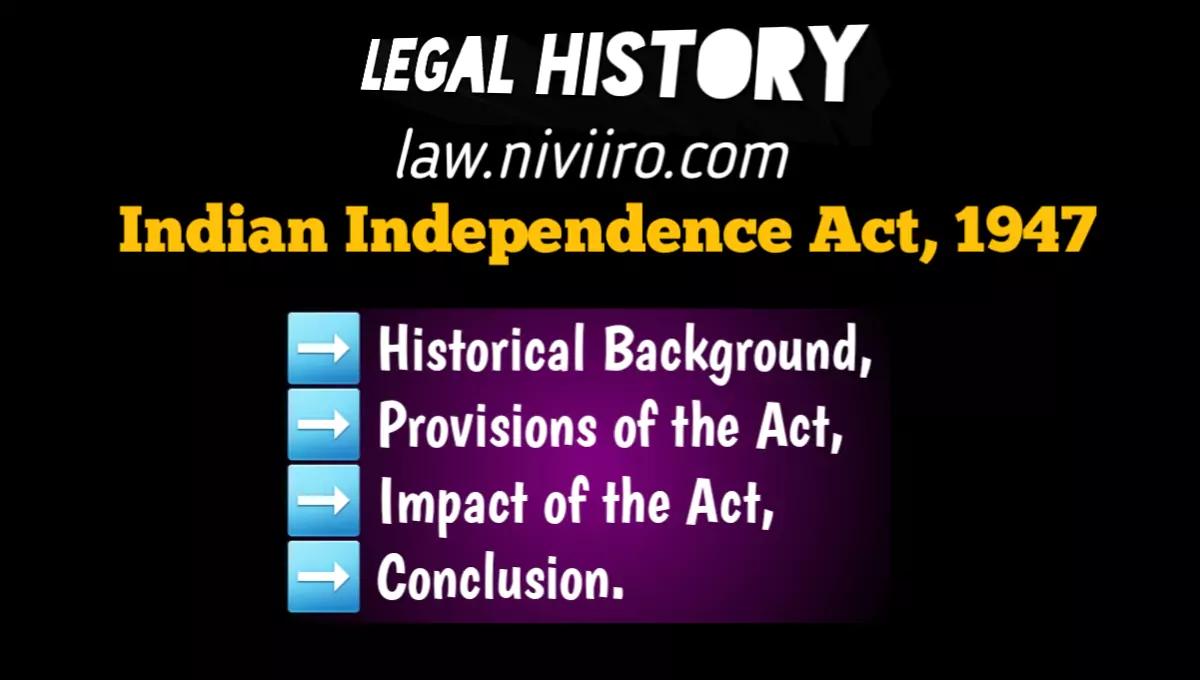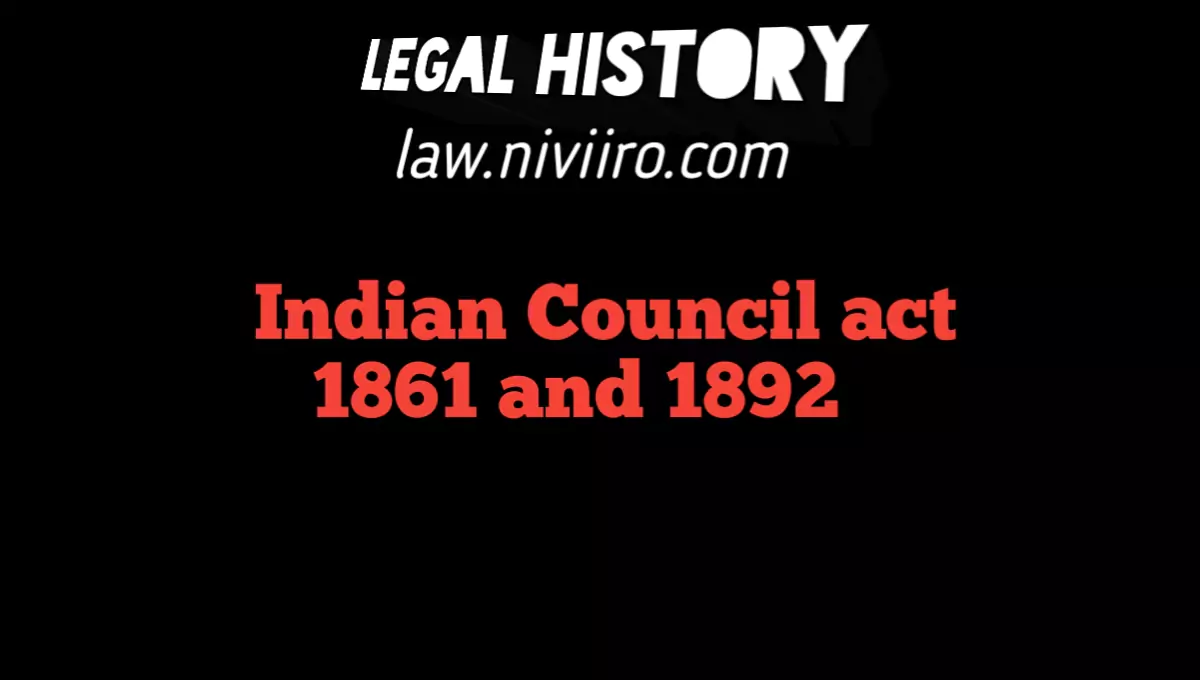Foundation of Calcutta
Administration of Justice in Calcutta before 1726,On August 24, 1690 some Englishmen landed at Sutanati on the banks of River Hooghly under the leadership of Job Charnock who laid the foundation of Calcutta. A fortified factory named Fort William was later built in this Area.
In 1690, the company acquired a zamindari of Three nearby villages are named Calcutta, Sutanati and Govindpur on Annual rent of Rs 1195 from Prince Azimush- Shan, Aurangzeb’s grandson.In course of time these villages formed the modern city Calcutta.
In December 1699, Calcutta became a Presidency therefore the President and Governor and Council were appointed to Manage the settlement of the state. The Company as a Zamindar became entitled to all the functions and powers within the
zamindari territory.
Moghul Judicial System | Administration of Justice in Calcutta

Zamindar Court’s (Administration of Justice in Calcutta)
The Zamindar court was also called cuttcheri. The zamindars of Bengal were to collect land revenue and maintain law and order in their zamindari area.They could decide only civil matter and appeal of this court was placed in Nawab court in Murshidabad, Zamindar court could give death sentence but it should be confirmed by Nawab court.
Kazis and Courts
Kazi court were established in each district, parganah and village.The head of the kazi court was called kazi.The kazi Court could decide all civil and criminal cases. Appeal cases gone here Nawab courts in Murshidabad.
At this time there was no fixed body of law,Therefore the decisions were given on a discretionary basis.The entire judicial system was corrupt and not fair.The purpose of administration of justice was neglected.
Nawab Court (Administration of Justice in Calcutta)
The Nawab court was the seat of government in Murshidabad.It was the highest criminal court as the Nawab was the head of the Nizamat and was responsible for the maintenance of law and order and the administration of criminal justice.
The Nawab’s deputy starts all the judicial system and functions of the Nawab.At that time the Supreme Civil Court was the Diwan who was the head of the Diwani and was also responsible for the collection of land revenue.
Kazi administration justice in succession claims and in ensuring succession and of course marriage.Mufti was a learned jurist by extension of law.The Mufti himself did not decide the case as his duty was only to help the kazi to decide the case.
Fozdar was a police officer whose job was to suppress a serious crime.Kotwal took cognizance of petty criminal cases and Mohtasib took cognizance of drugs.Thus the administration of justice in Bengal was in very poor condition at the time of the arrival of the British, an important factor responsible for the distortion of justice was the uncertainty of law as there was no regular system of law.
Judicial System at Calcutta
In 1700 the East India Company appointed an English member of the Governor’s Council as the collector of the Zamindari.The Collector was empowered to collect revenue and decide civil, criminal and revenue matters.
The Collector retained only minor criminal cases and serious offenses were transferred to the Governor and the Council.Appeals were made from the Collector’s Court to the Governor and the Council Court.
The collector could also give punishment like whipping, imprisonment, fine and work on road. Collector needed the permission of the governor and council for capital punishment.
The cases up to Rs 200 are decided by the Panchayat, the cases up to Rs 100 are decided by the cuttcheri (Collector Court) and those above 100 are decided by the Governor and the Council. This system was contained by 1727.
Thus the judicial system of Calcutta was not good as all judicial power was vested in a single person known as Collector, who was an executive officer.
It should be noted that the judicial system in Calcutta before 1727 was based on Company authority, after the authority of 1727 was taken from the Zamindari royal charter.
Defects | Administration of Justice in Calcutta
At the very beginning, the representative of the company Calcutta claimed and exercised more powers than Exactly what he was assigned as a zamindar.
Thus, from the very beginning, the company wanted to Being a territorial sovereign in Calcutta in which he tried to take out the authority of the Nawab
Governance and Administration of Calcutta
1. Collector sought confirmation of death without sentence from the governor and council Referring to the Nawab.
2. Appealed further in the Collector’s court Governor and Council and not for Nawab’s court
Related Post
Important Questions
Explain in brief the foundation of Calcutta presidency ?
Administration of Justice in Calcutta before 1726,On August 24, 1690 some Englishmen landed at Sutanati on the banks of River Hooghly under the leadership of Job Charnock who laid the foundation of Calcutta. A fortified factory named Fort William was later built in it Area.
In 1690, the company acquired a zamindari of Three nearby villages are named Calcutta, Sutanati and Govindpur on Annual rent of Rs 1195 from Prince Azimush- Shan, Aurangzeb’s grandson.In course of time these villages formed the modern city Calcutta.
When Calcutta became presidency ?
In December 1699, Calcutta became a Presidency.
What was the zamindar Court ?
The Zamindar court was also called cuttcheri. The zamindars of Bengal were to collect land revenue and maintain law and order in their zamindari area.They could decide only civil matter and appeal of this court was placed in Nawab court in Murshidabad, Zamindar court could give death sentence but it should be confirmed by Nawab court.
Tell us about nawab Court ?
The Nawab court was the seat of government in Murshidabad.It was the highest criminal court as the Nawab was the head of the Nizamat and was responsible for the maintenance of law and order and the administration of criminal justice.
The Nawab’s deputy starts all the judicial system and functions of the Nawab.At that time the Supreme Civil Court was the Diwan who was the head of the Diwani and was also responsible for the collection of land revenue.
Explain Judicial System at Calcutta presidency ?
Administration of Justice in Calcutta before 1726,On August 24, 1690 some Englishmen landed at Sutanati on the banks of River Hooghly under the leadership of Job Charnock who laid the foundation of Calcutta. A fortified factory named Fort William was later built in this Area.
Refrences Book
- V.D. Kulshrestha, Landmarks in Indian Legal History
- A.B. Keith, Constitutional History of India
- Indian legal and constitutional history by Dr. N. V. Paranjape
- M. Rama Jois, Legal and Constitutional History of India
- Rankin G.C. Background to Indian Law
- M.P. Jain, Outlines of India Legal History

